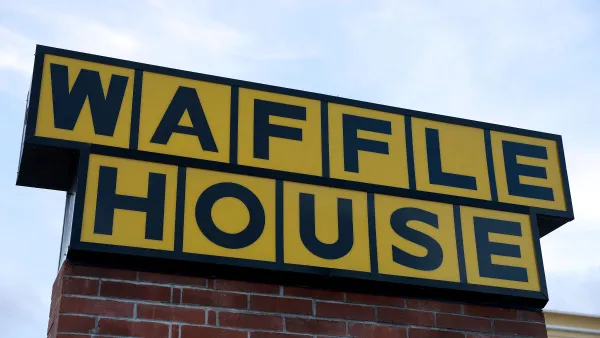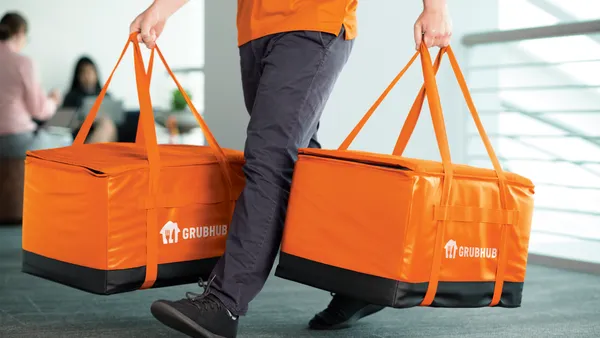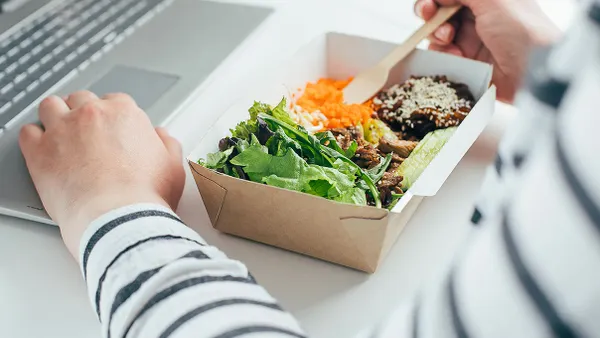Dive Brief:
- Uber Eats is testing a dine-in option that allows customers to place an order through its app and then pick it up either for carryout or dine-in, according to Business Insider.
- The option is available in available in select cities including Austin, Dallas, Phoenix and San Diego, according to Tech Crunch.
- Dine-in waives delivery and service fees and restaurants receive 100% of tips customers pay through the app.
Dive Insight:
Uber Eats' dine-in/carryout play underscores a broader implication of these swiftly growing delivery players. These options represent a completely new competitive set for restaurants in an already intense environment. As more restaurant brands, like Peet's and BJ's Restaurants, offer more order-ahead options through their own apps, Uber Eats is doing the same with this test and potentially collecting more customer data in the process.
In addition to posing a threat to restaurant apps, this service could also pose a threat to reservation apps, like Open Table, as a mobile screen is precious real estate for consumers. According to a new report from CleverTap, 86% of users will stop using a mobile app within two weeks of their first use. As Uber Eats adds more capabilities, it becomes more likely to survive the chopping block. It also launched a click-and-collect option earlier this year in London and Paris and added a colorful tracking feature for customers to track the progress of their delivery order. The app is not alone in diversifying its capabilities. Grubhub and DoorDash also offer carryout through their apps. But Uber Eats seems to be the only player pushing dine-in specifically.
If there is a benefit for restaurants, as Tech Crunch points out, this feature could help them drive elusive foot traffic by offering discounts at certain times during the day. Such a promotion would also pit the Uber Eats app against the restaurant app at a time when restaurant companies are heavily investing in the customer-facing technology.
Business Insider notes that by adding these dine-in options, Uber Eats can save customers' time by allowing them to order and pay ahead of time. The removal of this friction is perhaps a bigger driver than where the meal is actually consumed, especially as most delivery orders can take 30 to 40 minutes and require additional fees (and cleanup).
Even with the dominance of the drive-thru throughout the past seven decades and the advent of mobile ordering for delivery and pickup, a number of major players from McDonald's to Subway to Denny's are just as focused on store remodels as they are in rolling out off-premise channels. Dine-in may become an even bigger factor as Gen Z gains more spending power. The demographic is more frugal and driven by experiences than their predecessors, which bodes well for a frictionless, no-fee, dine-in service like the one Uber Eats is trying to create.













